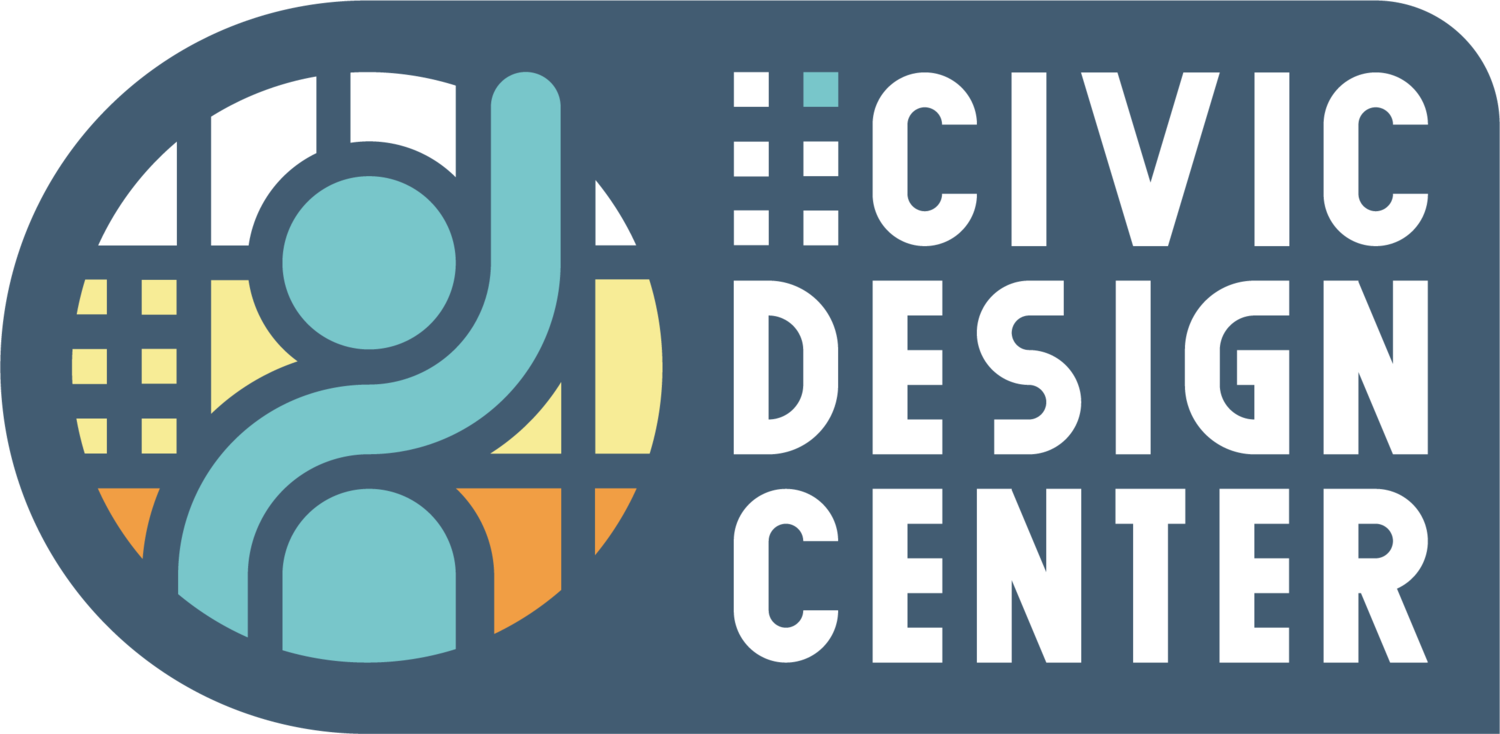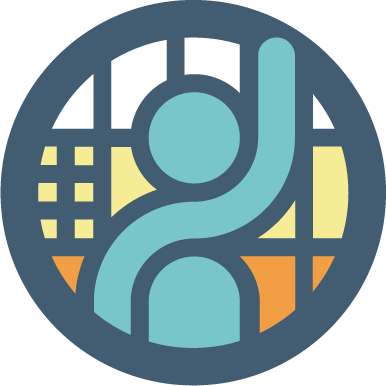Meet the
design toolkit
When we work in communities, there are specific urban design and planning tools that we use to explore, vision, experiment, and advocate. Follow along below to see how we may support you in using these tools.
Cross-Sector Connections
Community Engagement
Education + Advocacy
Design Visions
Cross-Sector Connections
When considering a change in community design and infrastructure, one of the first things we need to do is assemble a group of people with various levels of personal or economic connection to the area, political will, and important industry skills.
Some of these groups may be approached right when we get started, and some may be approached at a later stage in a project, but we must always think about who the players are at the very beginning.
-
We often invite Council Members, Mayors, and other regional representatives to participate in the engagement and design process so they can best represent their constituents in the advocacy stage.
-
We have relationships with Metro Nashville and Tennessee State departments so that we can act as a liaison between community members and the appropriate stakeholders. We can help direct people to the correct staff member, plan, permit, and more.
-
There is power in numbers. We always encourage residents to join their neighborhood group if it is active. By working with neighborhood groups, we gain a better idea of community consensus. This makes for a more representative design process.
-
Our organization is focused across a breadth of issues outlined in our Guiding Principles. We create partnerships with issue-specific and area-specific non-profits who can provide a unique level of expertise on a project.
-
We are well connected to most of the local architecture and design firms in Nashville, so when they are working on a project within a community whom we are working with, we can facilitate a meeting or engagement event between the designers and community stakeholders. Through this connection, community members may feel more represented in a local project.
-
We believe private developers really do want support from the community they are working in. We have worked with many developers to facilitate community engagement opportunities so that both parties walk away feeling heard and satisfied with design goals for the project.
Community Engagement
Community engagement is not one-size-fits-all, and hosting a Design Charrette is not the only way to work with community members. When we engage people, it is important to approach the process from the education stage. What do these community members know about their own neighborhood? What are their experiences and perspectives? What are their dreams for the area?
Community members are the experts, however it is our job to nudge people to think about why they have certain ideas and opinions. We aim to push our community to consider how they can improve quality of life for all.
-
It’s important to engage communities where they are. We often create activations at local events and festivals to start conversations with locals about their hopes for the neighborhood.
-
On a Walk Audit, we take a walk with community members. This sets aside time to notice and share how current neighborhood design elements can be acknowledged as assets or areas for improvement.
-
Design Charrettes provide space for open and creative collaboration between designers, community members, and any other stakeholders in a project. They provide an alternative to community meetings where designers present a fully conceptualized idea to the audience without allowing open feedback.
-
Tactical urbanism involves temporary, experimental, low-cost projects to improve safety and beautify our streets. We consider these interventions community engagement opportunities because we get to test a solution before it is implemented permanently.
-
The Neighborhood Assessment process helps communities evaluate their neighborhood’s conditions on a micro-scale from walk audits to publicly available data. This formalized outcome describes neighborhood needs to advocate for in future projects and developments.
Design Visions
Design visioning often happens alongside community engagement. Sometimes it’s difficult to imagine something is possible without a visual depiction. We engage people at the very beginning of a project using precedents while getting a pulse on whether those examples are going in the right direction. Next, we create a more focused design and go back to community members to evaluate if we have effectively represented their ideas.
Design should never just be trendy, but it should always be rooted in the Guiding Principles.
-
Our Guiding Principles are rooted in community representation, foundational infrastructure, preserving history and culture, and thoughtfully expanding. They are at the basis of all designs that we create. Learn more here.
-
In contrast to community engagement, a public life study evaluates how people move and experience a space as it is currently functioning. This is done through pedestrian and cyclist counts, activity mapping, and more.
-
Our Design Studio creates sketches and renderings to demonstrate community ideas for their evaluation. These visions often help support advocacy and further the design process.
-
Placemaking is an urban planning and design approach that helps define a neighborhood’s unique identity, usually using some sort of public art installation or another element that creates a sense of arrival. Placemaking can be the next stage following a tactical urbanism intervention or it could be a way to unify new and old neighborhood design styles.
-
Nashville is not unique in that there are many large scale plans—from transportation to parks and everything in between. It is important to both evaluate and acknowledge those plans, while working collaboratively with communities to ensure cultural integrity is preserved in the face of development and growth. We can help research and formulate a cohesive community plan that does both.
Education + Advocacy
Unless we are working directly with government departments or private developers on a funded project, our design visions are often meant to inspire people to work towards community design that represents them. Groups in positions of power are moved by the voice of the people. We can provide a platform for community voices, policy and infrastructure improvements and more.
With examples of experiences, plans, data, and civic design on our side, we can make a difference in our city.
-
Our blog can provide a platform for very specific community experiences. When someone maps their issues with us, we request that they elaborate with their perspectives and ideas in a written format. We will provide simple visualizations to accompany those ideas, which can kick off a bigger community engagement process.
-
Urban Design Forums are events that we host to provide a wider platform that explores current design trends or “hot topic” developments. We often work with partners to showcase varying perspectives in the forum. Learn more here.
-
With over 20 years of community design experience, we have a myriad of examples to share with issue- or area-specific groups that showcase how civic design must work across sectors and industries to create change.
-
For some community design changes, legislation inhibits mindful growth. There are design issues that could be remedied with local and state level policy updates, like inclusionary zoning, parking reform, sidewalk ordinances, and more. While we do not lobby for votes on legislation, we can work alongside community groups and elected officials to help create proposed legislation.







